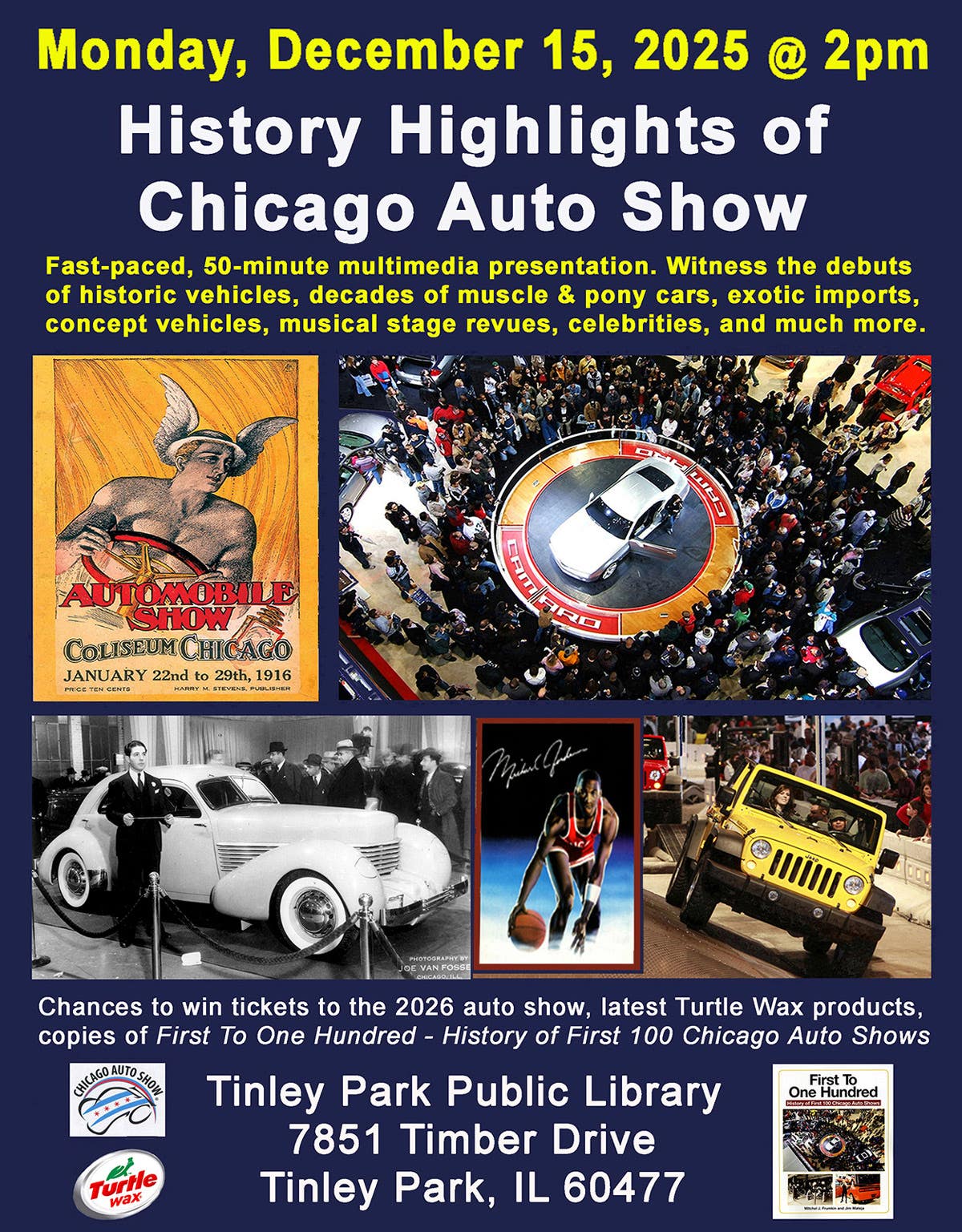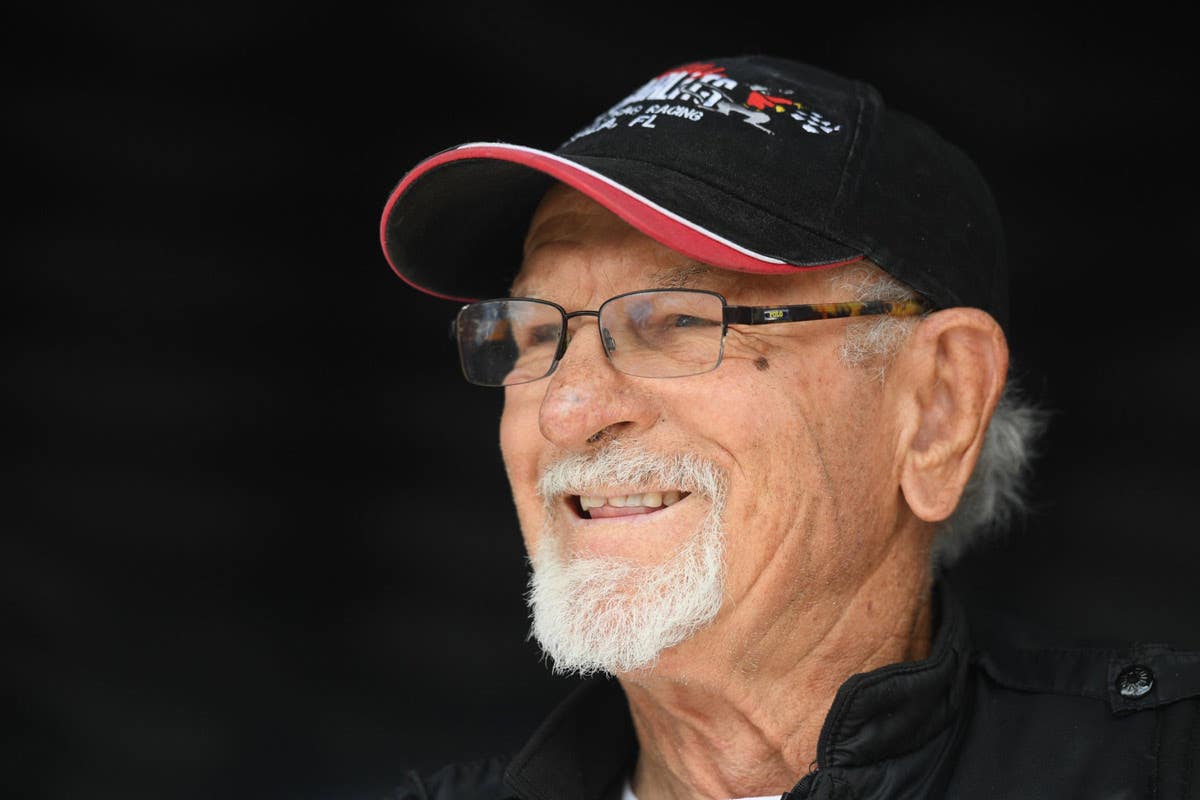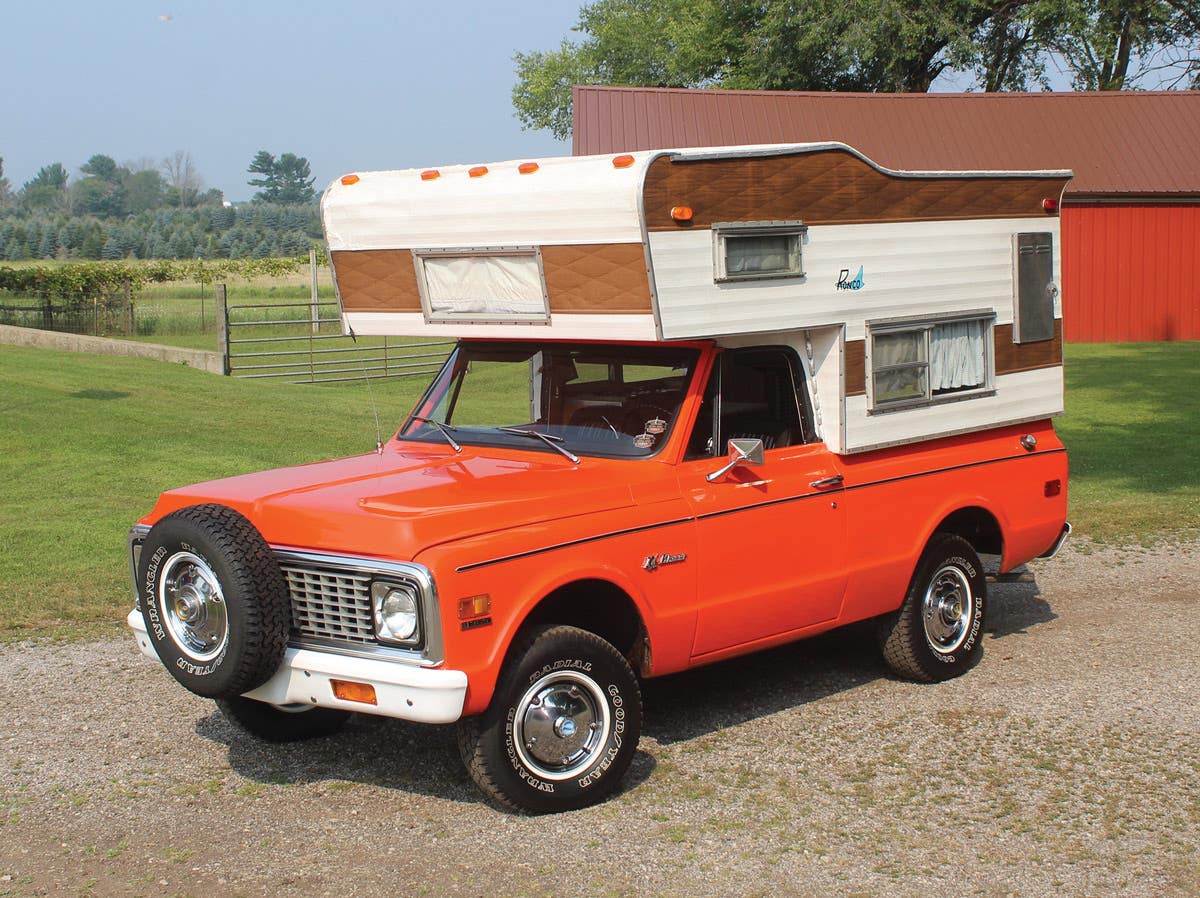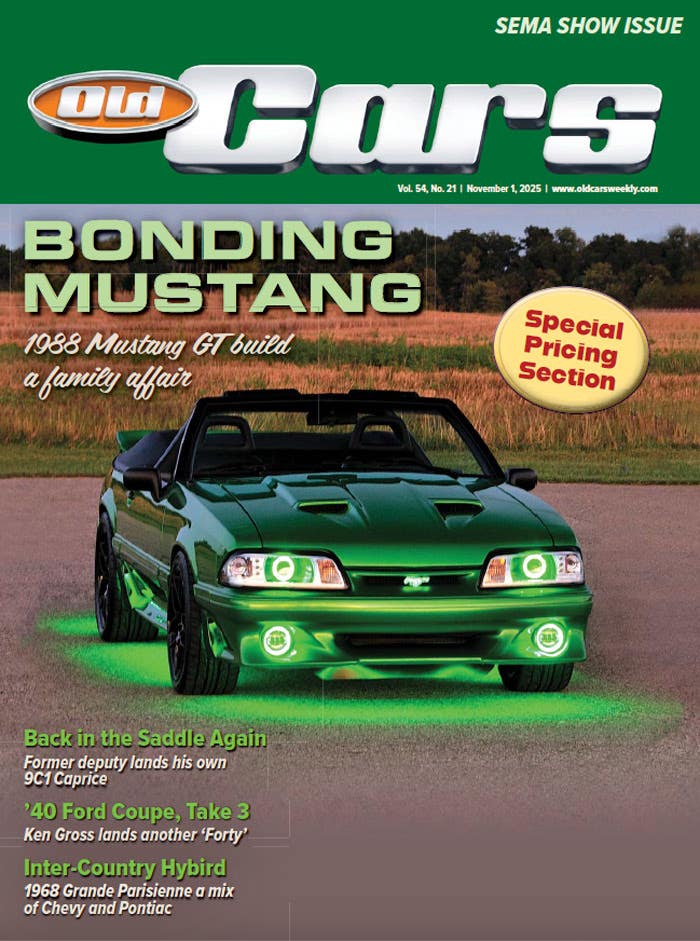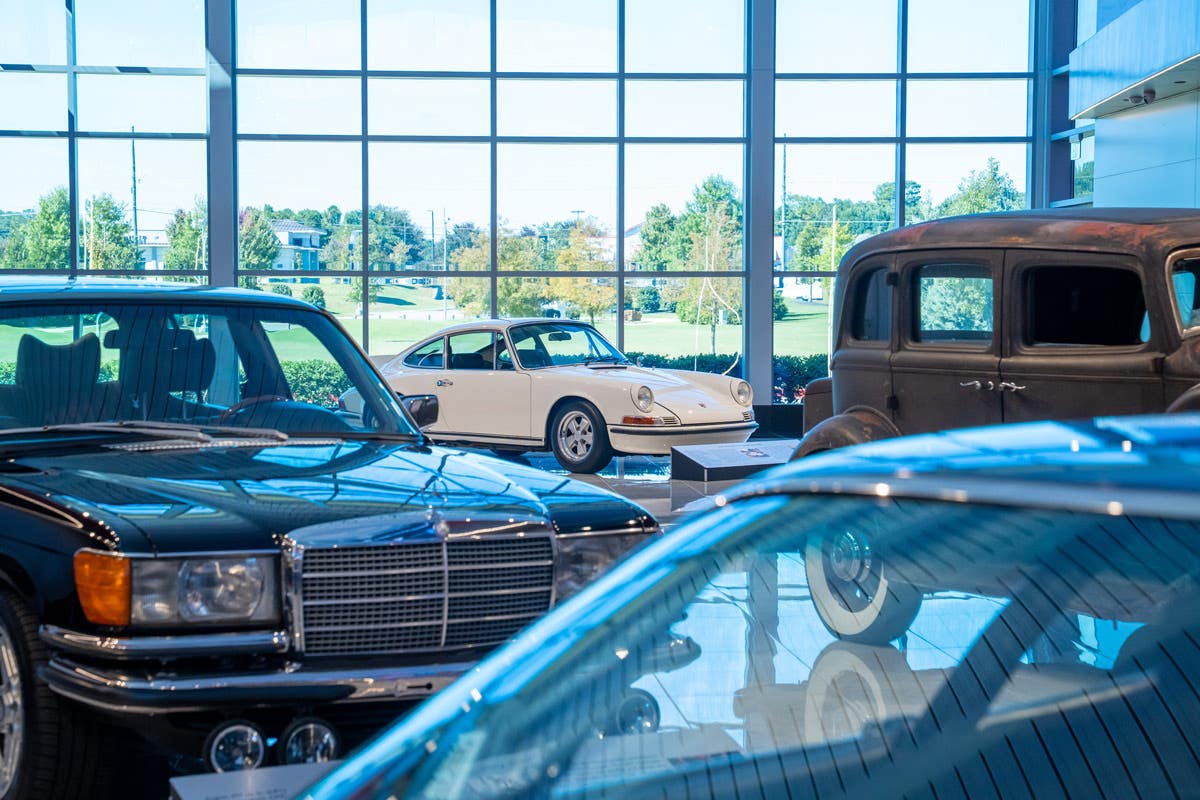Tucker No. 1027 is one of four Tucker ’48s that did
not survive to the present. Its parts were used to
restore other Tuckers. (Tucker Historical Collection)
As with any rare or desirable collectible, there is the universal dream of discovering the unknown, the one that’s been forgotten, or the missing. It’s certainly true when it comes to the 1948 Tucker, with values hovering between $750,000 and $1 million for one of the survivors. Out of 51 built, 47 Tuckers remain. But before treasure hunting for a missing Tucker, read on to learn the facts known behind those “missing” cars.
No other automobile has ignited the imagination of the public, captured the attention of the collector world and spawned more controversy than Preston Tucker’s dream car — the Tucker ’48. Introduced to the car-hungry American public following World War II, the revolutionary rear-engined Tucker featured many safety innovations, including a pop-out windshield, padded dash, passenger crash chamber and a turning, third “Cyclops” headlamp to illuminate the way around corners, all of which stirred the public’s interest.
Much has been written and much has been speculated about Preston Tucker and his cars. Much also has been simply repeated as fact, and myths abound. One myth that seems to be often repeated is that only 37 Tuckers were completed at the factory, and all others were built years later from left-over parts.
Car build records from Tucker Corp. and the March 3, 1949, court-ordered inventory compiled by Tucker Corp. general production manager Dan Leabu indicate that the company produced one prototype (known as the “Tin Goose”) and 50 pilot production cars. Of these cars, 38 could be driven, while the remaining 13 were awaiting the installation of their transmissions or engines, which were available. The 50th car on the line also required upholstery panels. For all intents and purposes, these were completed cars, rather than just a pile of random parts to be assembled later.
To date, only one car — No. 1051, at the time an unfinished body and chassis — has been completed years after the company closed its doors.
But not all of the Tucker stories have happy endings.
The Tucker Automobile Club of America Inc. — recognized as the foremost authority on Tucker Automobiles — has worked diligently since its founding in 1973 to trace the history of all Tucker cars. Each Tucker has its own story, and while most cars have been very well documented, their history is not definitive or infallible. Research is always ongoing as new facts and puzzle pieces are uncovered.
Beginning in the late 1950s, a few Tucker owners tracked down all of the Tuckers produced. Incomplete owner lists were begun by Ralph Dunwoodie of the Harrah Collection in 1963, noted Franklin and Tucker restorer Bill Hamlin in 1966 and others. By 1973, a group of owners and enthusiasts met at Stan Gilliland’s shop in Kansas and the Tucker Automobile Club of America Inc. was born. The first comprehensive record of these cars — and most of what has been learned about their earlier ownership — is due to the lifelong research conducted by Richard Jones, TACA co-founder and senior Tucker historian, and, more recently, the work of college dean and legal scholar Larry Clark.
Thanks to the research by these historians, here’s what we know about the four Tuckers no longer in existence:
Tucker No. 1018 in late summer of 1948.
(Richard Jones photo).
Tucker No. 1018
The 18th Tucker produced, painted beige and carrying serial number 1018, was sold by Tucker Corp. on July 30, 1948, to its New York-area distributor, Buffalo Tucker Sales. George McKinney of Bradford, Pa., owned both the Buffalo distributorship and the dealership in Titusville, Pa., and would later become chairman of the Tucker Distributors and Dealers Committee.
Tucker 1018 in 1949 or ’50 after striking a tree in
New York. (Cammack Collection photo)
In September and October 1948, local newspapers reported McKinney driving the Tucker to “various towns, giving demo rides and showing the car to friends.” One paper even reported that several people driving their cars past the Tucker turned around “and hurried back to give the car a look-over.”
A 2002 auction included a Tucker parts assortment
consigned by the Kughn Collection that included the
unrestored front end from Tucker No. 1018.
(Tucker Historical Collection)
It was sometime after these news reports were published that Tucker No. 1018 was involved in a crash, apparently hitting a tree broadside near South Wales, N.Y., which left it damaged beyond repair. No injuries were reported, and the salvaged remains, which included the entire front clip of the car, were returned to Bradford, Pa.
In 1992, the engine, radiator, fender vents, and under-seat heater from Tucker No. 1018 were purchased by a collector, while the front clip was located by another and later sold at RM Auctions’ 2002 Novi, Mich., event.
Tucker No. 1023
The 23rd car down the pilot assembly line, Tucker No. 1023, was painted maroon when it was completed at the Tucker factory in September 1948. From there, it headed to Massachusetts and New York as a company demonstrator before finding its way to Florida nearly 30 years later.
Tucker No. 1023 prior to the fire.
The car, now painted in primer and showing its age, was in storage as it awaited restoration. But in the early morning hours of Sept. 29, 1978, the unthinkable happened: fire broke out. The 20,000-square-foot Allied Van Lines warehouse in Deland, Fla., in which the car was stored became completely engulfed with fire; a column of thick black smoke could still be seen 16 hours after firefighters arrived.
The burned-out, rusted, warped hulk of Tucker
No. 1023 around 1980 just moments before it entered
the scrap yard crusher and was reduced to a square
block of metal. It was later buried in the yard of
Tucker restorer Richard Jones. (Richard Jones photo)
The building served as storage for many Allied customers, housed an auction and a heavy equipment repair service and stored more than 100,000 yards of military camouflage fabric for the Brunswick Corp. These contents burned so hot that fire investigators had to use cranes to remove the mass of twisted steel beams. Under the rubble lay what was left of Tucker No. 1023.
The damaged Tucker sat unprotected until April 1980 when it was finally released from the site. The rusted, warped hulk revealed only a few salvageable items when noted Tucker historian Richard Jones inspected it and brought it home. What was left was taken to the scrap yard crusher, reduced to a square block of metal and later buried in his back yard.
“Today,” explained Jones, “my two-and-a-half-car garage rests on top of the remains of Tucker No. 1023.”
Tucker No. 1027
Beginning in mid-September 1948 and lasting through the first week of October, Preston Tucker utilized the 2-1/2-mile oval track at the Indianapolis Motor Speedway for endurance testing his new automobile. Seven Tucker sedans, fresh from the firm’s pilot production line, were each driven the 180 miles from the Cicero Avenue plant in Chicago to the Indy track.
The vehicles were driven continuously through a range of different speed tests day and night, with stops made only for fuel and driver swaps. In the end, a total of 13,134 miles — averaging 1,876 miles per car — and a vast amount of data was recorded during the test. The company’s “Engineering Observation Report” dated Oct. 18, 1948, describes what took place with Tucker No. 1027 during the tests.
This September 1948 factory photo shows Tucker
No. 1027 after it rolled twice during endurance
testing at the Indianapolis Motor Speedway. The
90-mph crash was attributed to vapor lock and
sudden loss of power as it entered a turn. (Tucker
Historical Collection)
Tucker No. 1027 ran the first 1,360 miles of the test traveling counter-clockwise, the normal direction used in circle track racing, and at set speeds of 35, 55 and 65 mph.
At 3 a.m., Tucker’s chief engineer, Eddie Offutt, the legendary Indy 500 mechanic who had worked for Harry Miller, took over driving Tucker No. 1027. After Offutt’s first fuel stop, he returned to the track driving clockwise — the reversed direction from earlier — and maintained speeds of 85-90 mph.
The still-existing door from Tucker No. 1027.
(Tucker Historical Collection)
The report indicates that after several laps at these speeds, the engine died (attributed to high-octane racing fuel causing a vapor lock) just as Offutt entered the northeast turn. The sudden loss of power and centrifugal force going into the turn “threw the car into a spin causing the rear tire to blow. This sent the car off the track and into the infield grass where it again turned and headed back on the track, turning over twice — once entirely off the ground — before it righted itself.”
The car was brought back to the staging area and inspected. The engine started and ran smooth, the safety windshield had popped out as designed, and Offutt only suffered a bruised elbow. Photographs taken the next morning show the body damage to the car.
Tucker No. 1027 was not scrapped, but rather returned to the Engineering Department of the factory where the engine was removed. On the March 3, 1949, factory inventory, it was listed as “no engine, wrecked.”
On Oct. 18, 1950, the car was sold at the court-ordered bankruptcy auction as a lot described as “Cars & Parts, Assorted” for $950. The buyer was an Illinois car dealer who would eventually become a source for several Tucker cars and parts. In 1951, a letter advertising the dealer’s Tucker inventory lists “Tucker No. 1027 – wrecked, $1,500” among his offerings, which also included complete, running cars for $5,000.
While it is unclear what happened to the body and chassis of Tucker No. 1027 — in which the front clip remained in remarkable condition — we do know that its engine, seats and rear bumper were used in the restoration of other Tuckers. Today, the smashed front doors are part of a private collection.
Tucker No. 1042
Possibly the most bizarre case of a missing Tucker, based mostly on anecdotal evidence and word of mouth, is the story of Tucker No. 1042. Rumors abound, and the documented truth has eluded researchers for years.
What is known is that at the October 1950 Tucker Corp. bankruptcy auction, this was one Tucker sold without an engine installed. The current belief by many is that this car was vandalized in the early 1960s and no longer remains. One story maintains that a veteran’s organization sold raffle tickets to “Bash a Tucker,” while another says a disgruntled renter had the car hauled off for scrap. In 1973, automotive writer Memmo Duerksen began following up on a story of a Tucker car that had been discovered near Memphis, Tenn. The story, as related to him, was that around 1960, a man found a Tucker abandoned and nearly covered in weeds along the banks of the Mississippi River. After hauling it home and parking it behind a rental property, the car later came up missing.
No photos of Tucker No. 1042 are known to exist. The stories have all led to dead ends, and the few remaining parts attributed to this car cannot be positively matched to it.
Fifty cars out of a total production of 51 can be accounted for, and 47 still remain — not bad for a dream that started more than 60 years ago. Yet, for this one Tucker a mystery remains, and so does the question, “Where have all the Tuckers gone?”
[About the author: Jay Follis is the president of the Tucker Automobile Club of America Inc., and director of the Tucker Historical Collection and Library at the Gilmore Car Museum in Hickory Corners, Mich. Learn more about the TACA at www.TuckerClub.org.]
ESOURCES FOR CAR COLLECTORS FROM OLDCARSWEEKLY.COM



